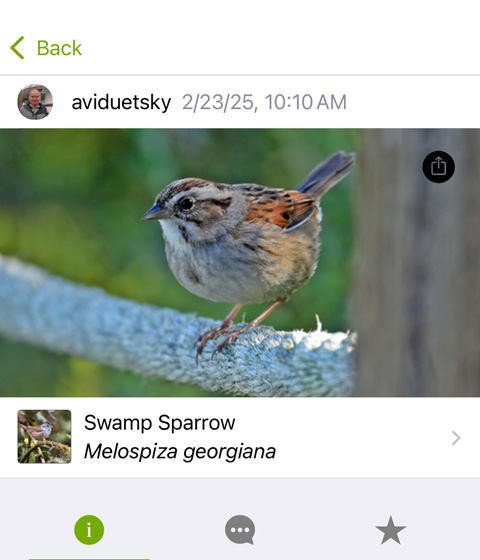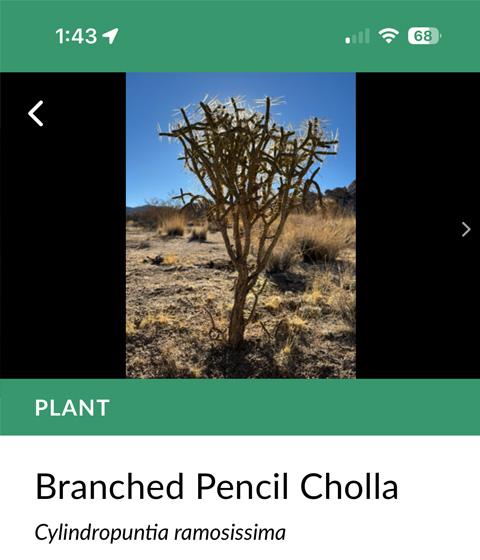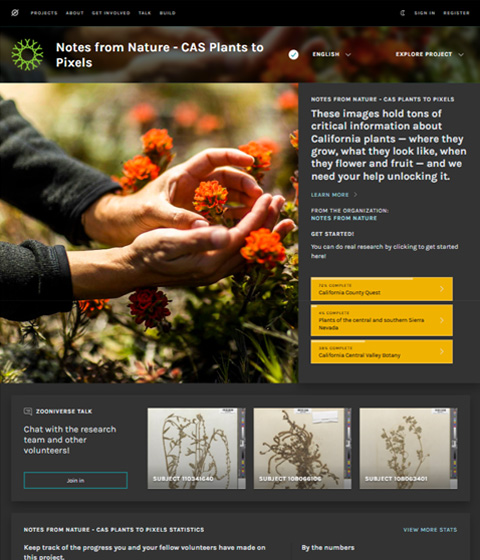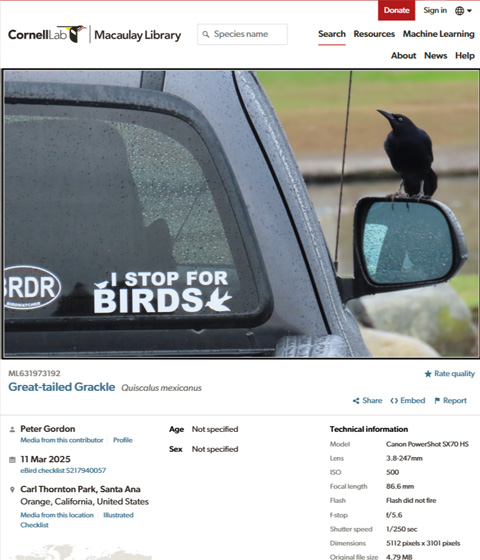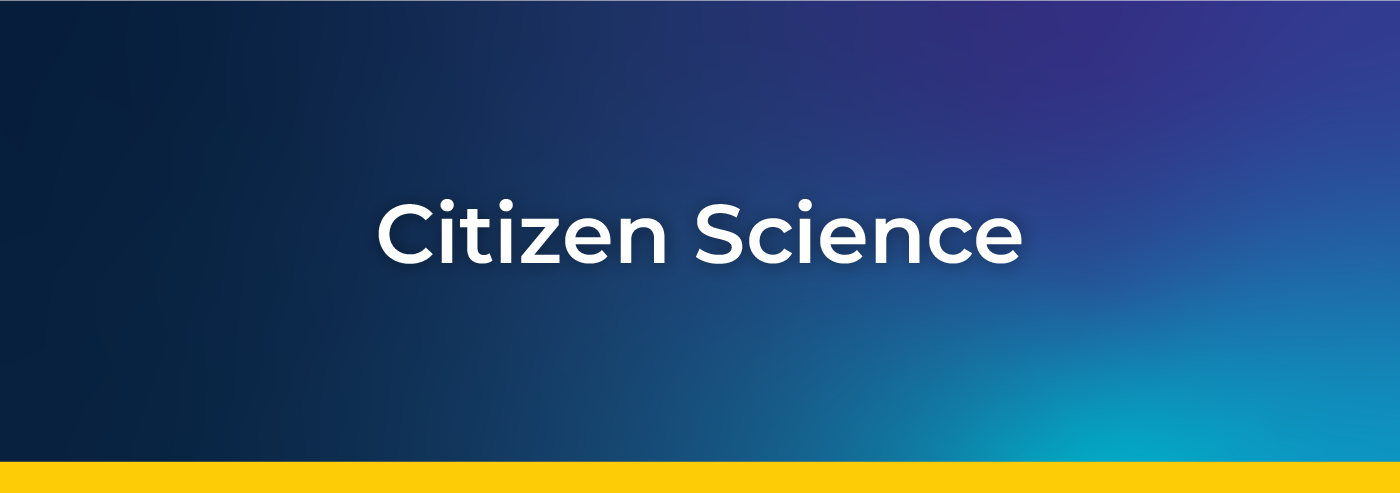
Citizen science involves public participation in research with the goal of expanding scientific knowledge. Volunteers contribute to research projects by observing local animals and plants, collecting ecological data, identifying wildlife species, and analyzing images. Citizen-science projects help facilitate research projects while fostering community involvement in scientific discovery.
iNaturalist
iNaturalist is an online social network of citizen scientists, naturalists, and biologists sharing observations about wildlife. The platform’s computer vision model provides automatic species identification, which is verified by the iNaturalist community.
Seek mobile app
The Seek app uses computer vision technology to help users identify species in real time as they explore nature. Observations can be uploaded to the iNaturalist biodiversity repository to help scientists find and use the data.
Zooniverse
Zooniverse is a popular platform for people-powered research. Volunteers help scientists create large-scale datasets, and completed projects are made available to the wider research community. In the sample image from the “Plants to Pixels” project, users examine high-quality images of plant specimens and transcribe the information on the museum labels to create searchable text.
eBird
eBird is an online resource and mobile app developed by the Cornell Lab of Ornithology. Users can keep track of their bird sightings, photos, and sounds and contribute their data to scientific research and conservation. The sample image is of a great-tailed grackle (Quiscalus mexicanus) sitting on a car’s side-view mirror taken at Carl Thornton Park in Santa Ana, California.
